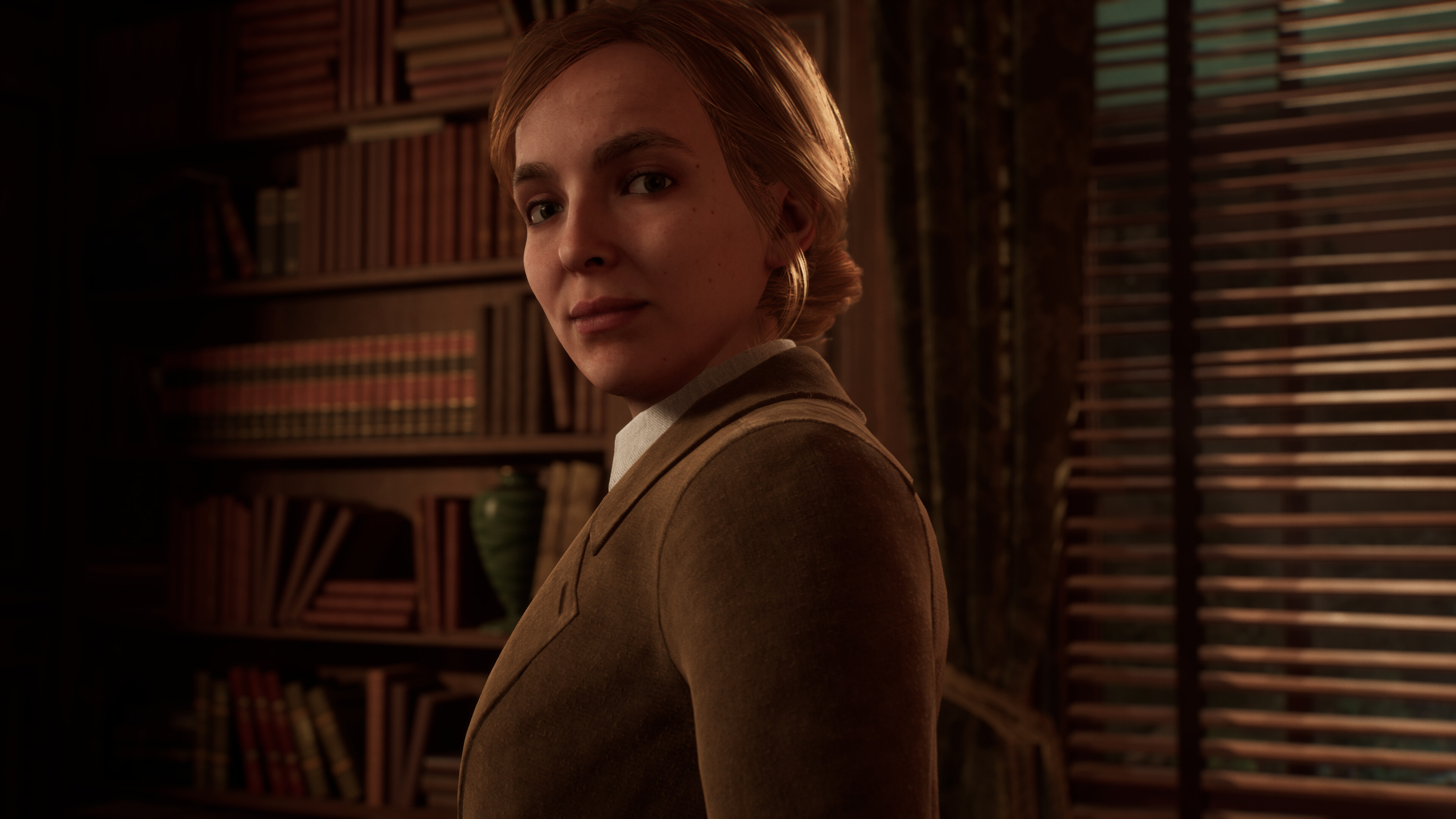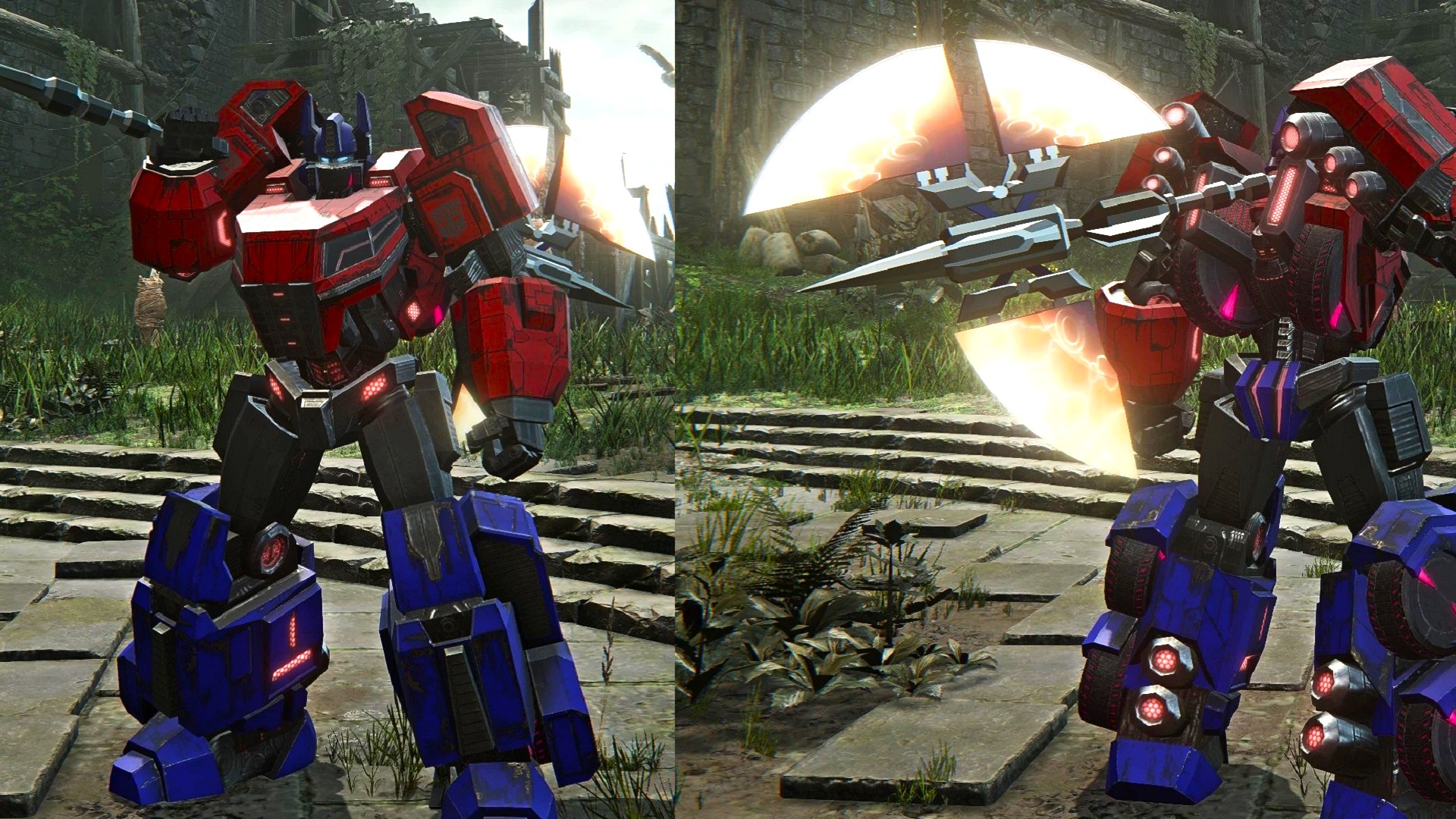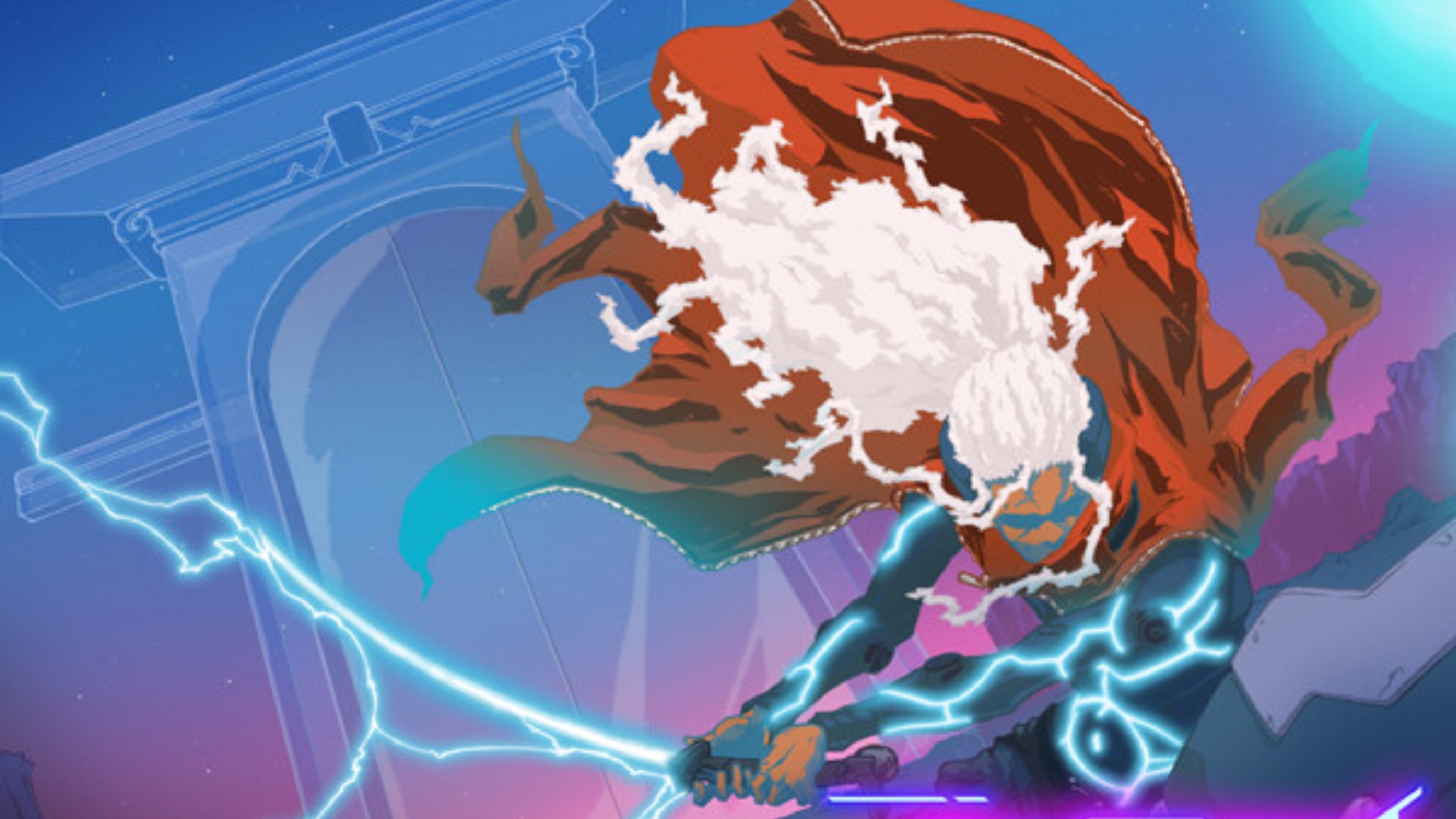
Same mansion, different horrors.
What is it? An intelligent reimagining of the 1992 classic that inspired Resident Evil and ushered in the era of survival horror.
Release date March 20, 2024
Developer Pieces Interactive
Publisher THQ Nordic
Reviewed on Radeon 5700 XT, i5-9600K, 16GB RAM
Steam Deck N/A
Link Official site
From the moment a plump-looking frog merrily hops across a forlorn Louisiana dirt road in Alone in the Dark’s first cutscene, echoing a similar scene from the original game’s introduction, I was certain that it would do the expected remake thing of incorporating numerous little callbacks to its predecessor’s history. And when, seconds later, an alligator locks its jaws on its hapless amphibian prey, briefly interrupting my trip to PC gaming’s most iconic creepy mansion, I was certain that it was going to playfully mess with my expectations anyway.
Emily Hartwood’s uncle has vanished without a trace somewhere within the labyrinthine Derceto mansion. The sprawling estate which, in its long history, has previously served as a slave plantation, a cult’s headquarters, and a bohemian artists’ colony has lately been hosting recovering heiresses and depressive screenwriters—it’s become a place, in other words, where the wealthy offload those family members they want out of the way. Still, Emily cares enough for Jeremy Hartwood to pay a visit after receiving his latest letter and is unsettled enough by the paranoid ramblings contained therein that she hires private investigator Edward Carnby to accompany her. So, when it becomes obvious that the pointedly unfriendly staff are trying to shoo the two outsiders away without providing any satisfactory replies on the subject of Jeremy’s condition or whereabouts, the duo starts their own search for the missing man.
(Image credit: THQ Nordic)
A third-person adventure that—while completely rewritten—retains the original’s balance between combat, exposition, and puzzle-solving, Alone in the Dark provides a compelling, constantly surprising cosmic-horror story, helped immensely by convincing performances in David Harbour’s stoic fast-talker Edward, and Jodie Comer’s alternately terrified and exasperated Emily. That both their dialogue (natural, flowing, unafraid to be occasionally funny) and the overarching narrative (complex without being confusing) have been crafted with an unusual level of care should not come as a surprise—creative director Mikael Hedberg was the writer partly responsible for one the most shocking plot twists in recent memory with SOMA.
Nevertheless, Derceto is the real star here, even if it does not deliver any clever lines. The mercurial structure violently reconfigures itself as it clatters into disparate timelines, opening up into a half-sunken cemetery one moment and a maze of First World War trenches the next, dumping you on top of a stranded riverboat in a heartbeat, then abandoning you in the middle of an alien, lifeless desert. Each of the game’s four main chapters typically involves a journey into a couple of these exotic locations and a return to the mansion armed with clues that spark more cryptic conversations with its eccentric guests. There’s an almost Lynchian sense of disconnect as the colourful cast exchanges pleasantries oblivious to your battered state, the unreality of the situation underlined by Jason Köhnen’s moody jazz score.
Scavenger hunt
In typical survival horror fashion, ammo and medical supplies are severely limited, making combat an engagingly tense affair. I flinched with every wasted bullet and always looked for ways to outsmart the game’s misshapen monstrosities, getting them stuck in a narrow passage to bash them in the head with a rusty (and breakable) shovel, or sneaking to a safe distance before surprising them with a well-aimed molotov. Having said that, the conspicuous presence of numerous empty containers coupled with my exceedingly thrifty play-style makes me suspect that the game adapts to your most pressing needs and allocates supplies as needed. Earlier scuffles were especially enjoyable, charged with the fear of the unknown and memorably staged (with the French Quarter encounters a particular highlight). But some of the later sections, including a rather frustrating final showdown, rely too heavily on combat, so much so that the bustle proves a distraction from Alone in the Dark’s suffocating sense of cosmic dread.
(Image credit: THQ Nordic)
As do the game’s omnipresent bugs which range from the unintentionally amusing, such as a row of ravens perched in mid-air, to the genuinely disconcerting, such as quest items reappearing in the spot where I’d previously picked them up, interactive hotspots randomly refusing to activate, and invisible barriers barring me from progress. Thankfully, the truly catastrophic ones, in particular the game forgetting about my previously discovered collectibles after I’d started a second run (even though it’s explicitly stated that to gather everything, you need a full playthrough with both Edward and Emily), seem to have been fixed with the latest update, so there’s hope that these irritations won’t be a concern on release.
These minor qualms aside, Alone in the Dark is a resounding success, not a cynical attempt to cash in on a moderately recognisable brand name, but made with intelligence and a fondness for the series that really shines through. The fact is nowhere more apparent than the myriad little callbacks that are organically, rather than prosaically, injected into proceedings: from Grace Saunders holding up a mask that recalls Edward’s original character model, to a striking late-game section that had me locked in a fixed-camera perspective.
On its own merits as a survival horror experience, the game performs admirably, too. It made me peek round corners and hesitate before opening a door. It made me eager to be transported to the next bizarre location in search of Jeremy, and find out more about his fate and backstory after I’d arrived there. And, most importantly, it made me care both about its troubled protagonists and Derceto’s loopy crew—enough so that completing my second playthrough to uncover the full story is a given beyond the needs of this review. Pieces Interactive is clearly punching above its weight. While Capcom remains some years away from the next mainline Resident Evil instalment and Konami is perpetually locked in a series of questionable decisions regarding Silent Hill’s direction, the Swedish studio has managed to deliver a refreshing twist on the survival horror formula with Alone in the Dark, three decades after the series invented the genre.



